The 16 purported fragments of the Dead Sea Scrolls in the Museum of the Bible might be fakes, but at least four such fragments housed at the University of Manchester in the UK are the real deal. For decades, those fragments were presumed to be blank, but a new analysis has revealed the existence of actual text, most likely a passage from the book of Ezekiel.
These ancient Hebrew texts—roughly 900 full and partial scrolls in all, stored in clay jars—were first discovered scattered in various caves near what was once the settlement of Qumran, just north of the Dead Sea, by Bedouin shepherds in 1946-1947. Qumran was destroyed by the Romans, circa 73 CE, and historians believe the scrolls were hidden in the caves by a sect called the Essenes to protect them from being destroyed. The natural limestone and conditions within the caves helped preserve the scrolls for millennia; they date back to between the third century BC and the first century CE.
The scrolls are understandably of great historical and archaeological interest. Several of the parchments have been carbon dated, and synchrotron radiation, among other techniques, has been used to shed light on the properties of the ink used for the text.
A comprehensive set of imaging techniques were used to determine that the Museum of the Bible fragments were forgeries. In 2018, an Israeli scientist named Oren Ableman used an infrared microscope attached to a computer to identify and decipher Dead Sea Scroll fragments stored in a cigar box since the 1950s. (One of the fragments could not be attributed to any of the known manuscripts and thus may represent a still unknown manuscript.)
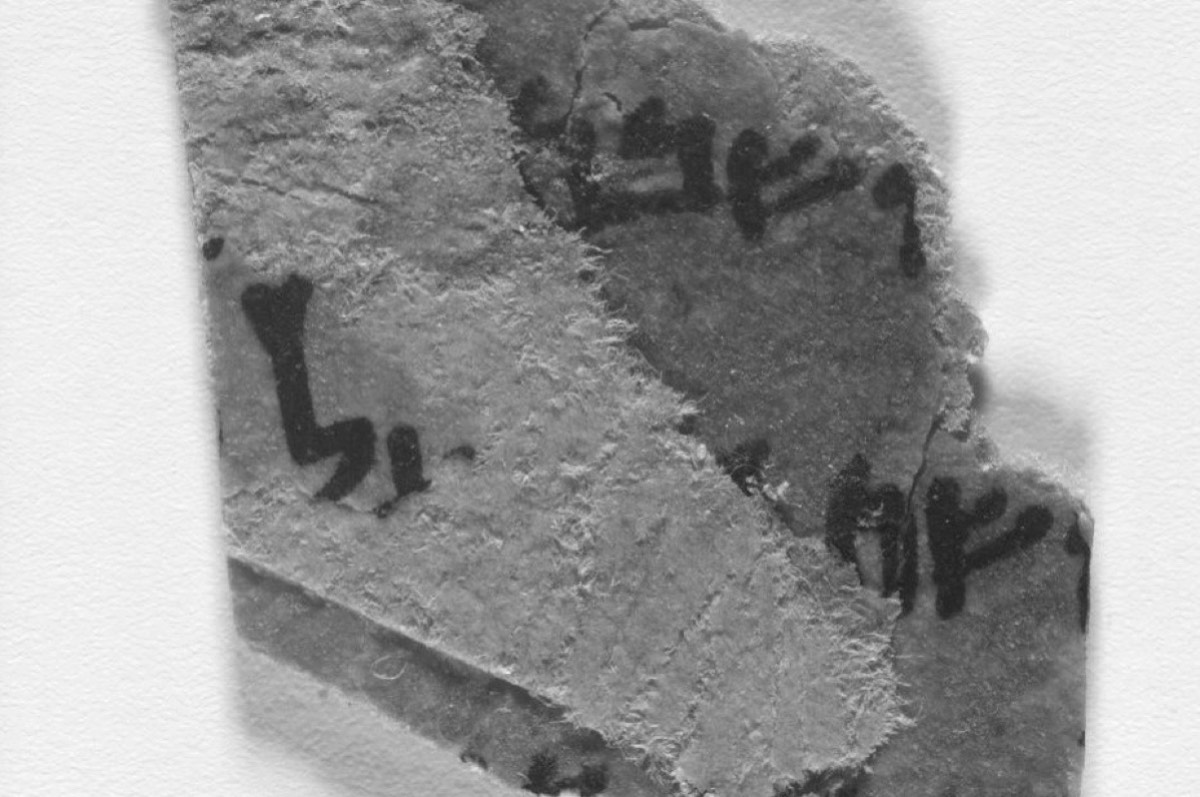
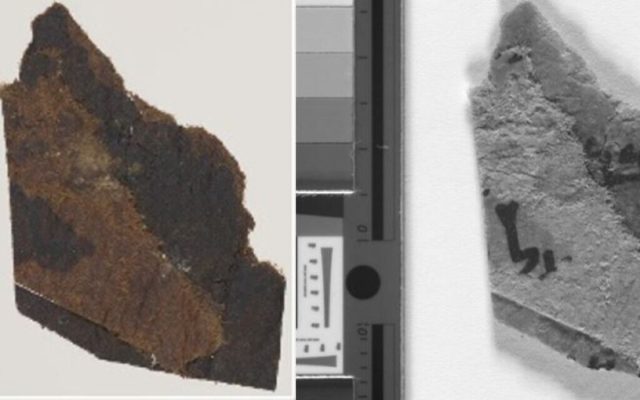
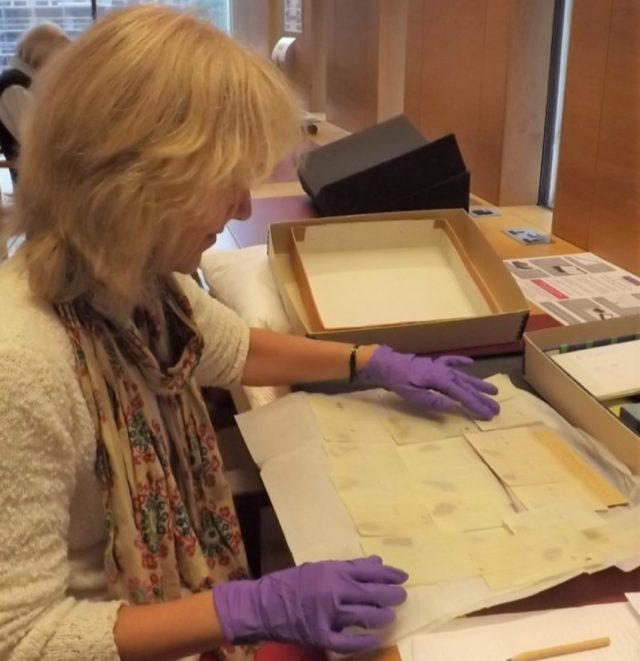
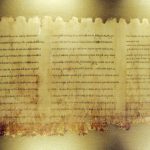
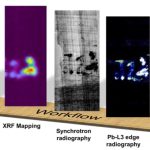

 Loading comments...
Loading comments...
